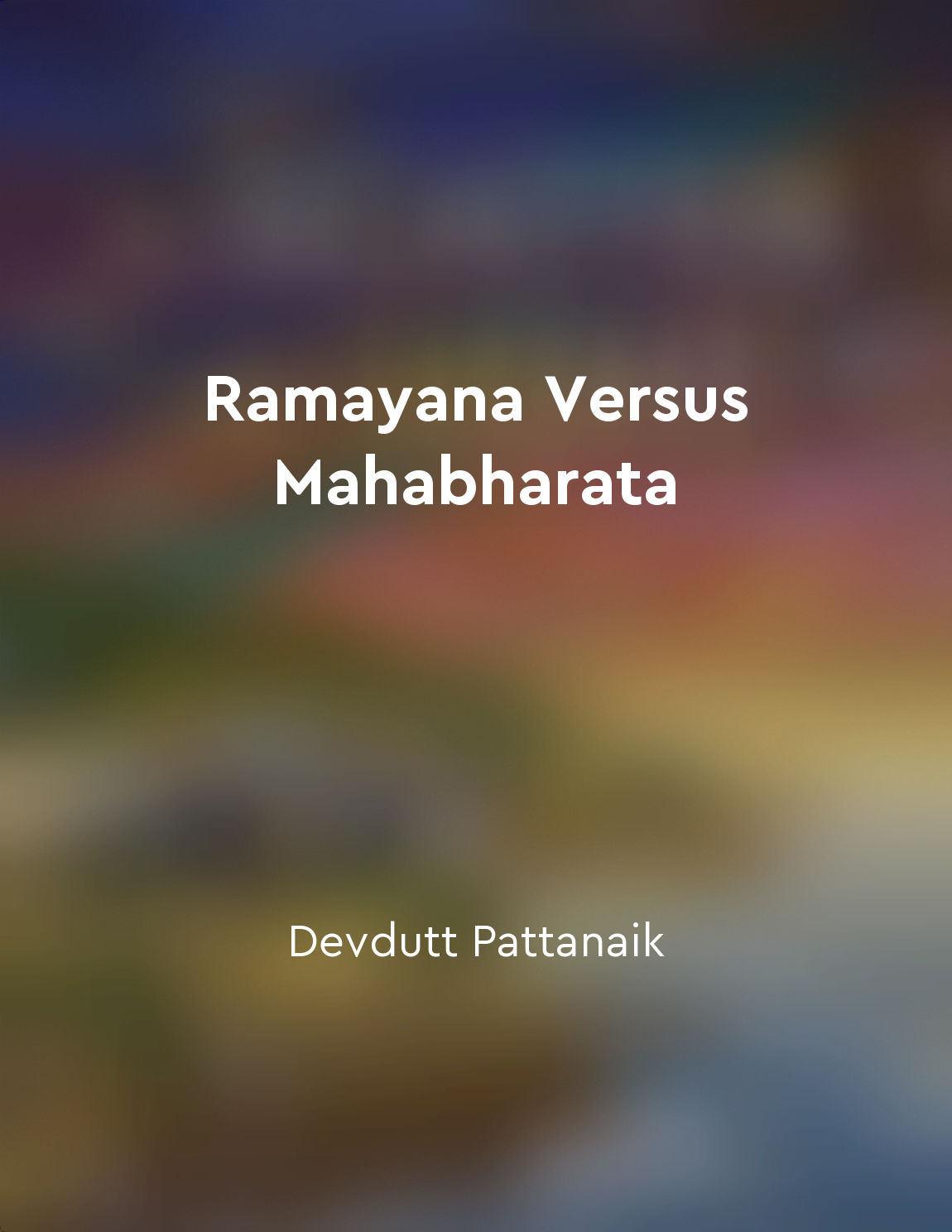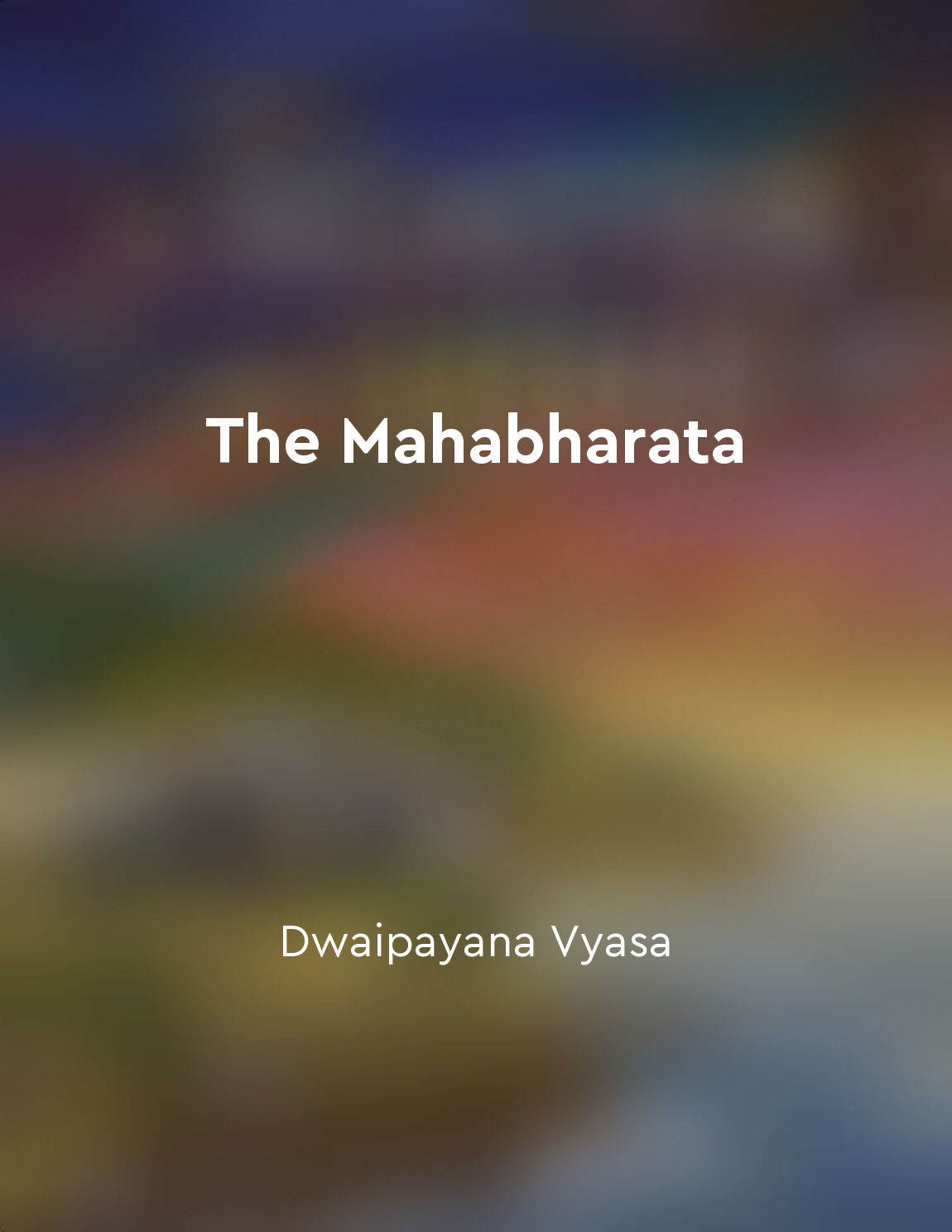Birth of Pandavas and Kauravas from "summary" of Mahabharat Ki Kahaniyan by Harish Sharma
When we delve into the great epic of Mahabharat, we come across the intriguing story of the birth of the Pandavas and Kauravas. The lineage of these two noble families can be traced back to King Vichitravirya, who was the son of King Shantanu and Queen Satyavati. After the untimely demise of King Vichitravirya, the responsibility of continuing the royal lineage fell upon his two queens, Ambika and Ambalika. Unfortunately, both queens faced challenges in bearing children due to a curse that befell the Kuru dynasty. Desperate to ensure the survival of the royal bloodline, Satyavati sought the help of the sage Vyasa, who was her son from a previous union. Sage Vyasa agreed to help and impregnated Ambika and Ambalika through the practice of Niyoga. The first son born to Ambika was Dhritarashtra, who was born blind due to her closing her eyes in fear during her encounter with Sage Vyasa. The second son born to Ambalika was Pandu, who was born pale and weak due to her turning pale in shock during her encounter with the sage. These two sons would later become the fathers of the Kauravas and Pandavas, respectively. As the Kauravas and Pandavas grew up, their stark differences in personalities and ideologies became apparent. The Kauravas, led by Duryodhana, were driven by jealousy, greed, and a thirst for power. On the other hand, the Pandavas, led by Yudhishthira, were guided by righteousness, virtue, and a sense of duty. The rivalry between the two families would eventually escalate into the great Kurukshetra war, where the Pandavas fought against the Kauravas for righteousness and justice. The birth of the Pandavas and Kauravas set the stage for one of the greatest conflicts in Indian mythology, highlighting the eternal battle between good and evil, righteousness and deceit.Similar Posts
Kurukshetra war declared
The Kurukshetra war was a pivotal event in the epic Mahabharat, which changed the course of history for the Kuru dynasty. It al...

Surrendering to the divine will
Surrendering to the divine will means accepting that everything that happens is under the control of a higher power, and that w...
Birth of Pandavas and Kauravas
When we delve into the great epic of Mahabharat, we come across the intriguing story of the birth of the Pandavas and Kauravas....
The fall of Bhishma Pitamah
The great warrior Bhishma Pitamah, known for his vow of lifelong celibacy and his unwavering commitment to the throne of Hastin...
The Pancatantra continues to be relevant in modern times
The stories in The Pancatantra have endured the test of time because of their timeless wisdom and universal truths. Despite bei...

Ramayana's Rama Rajya is ideal rule, Mahabharata's Yudhishthira's Rajasuya is kingdom celebration
In the Ramayana, Rama Rajya is portrayed as the epitome of ideal rule, where the king is righteous and just, and the kingdom fl...
Lord Krishna's intervention
Lord Krishna's intervention in the epic Mahabharata is a crucial aspect that shapes the course of the great war. Krishna, the e...

The power of forgiveness
Forgiveness is a virtue that holds immense power in the world. It is a quality that can transform relationships, heal wounds, a...
The Upanishads expanded philosophical thought in the Vedic Period
The Upanishads, a collection of philosophical texts, played a crucial role in expanding philosophical thought during the Vedic ...
